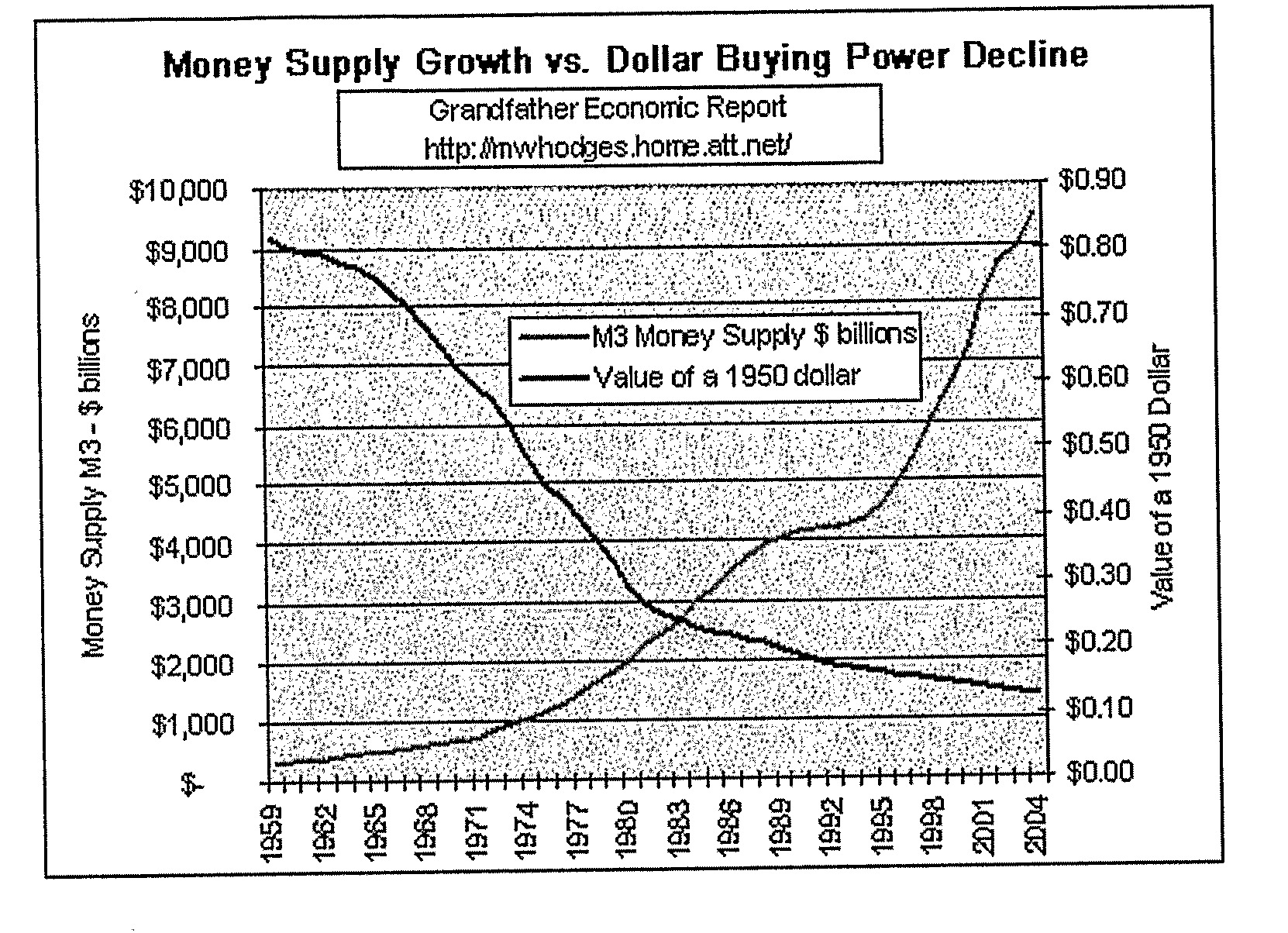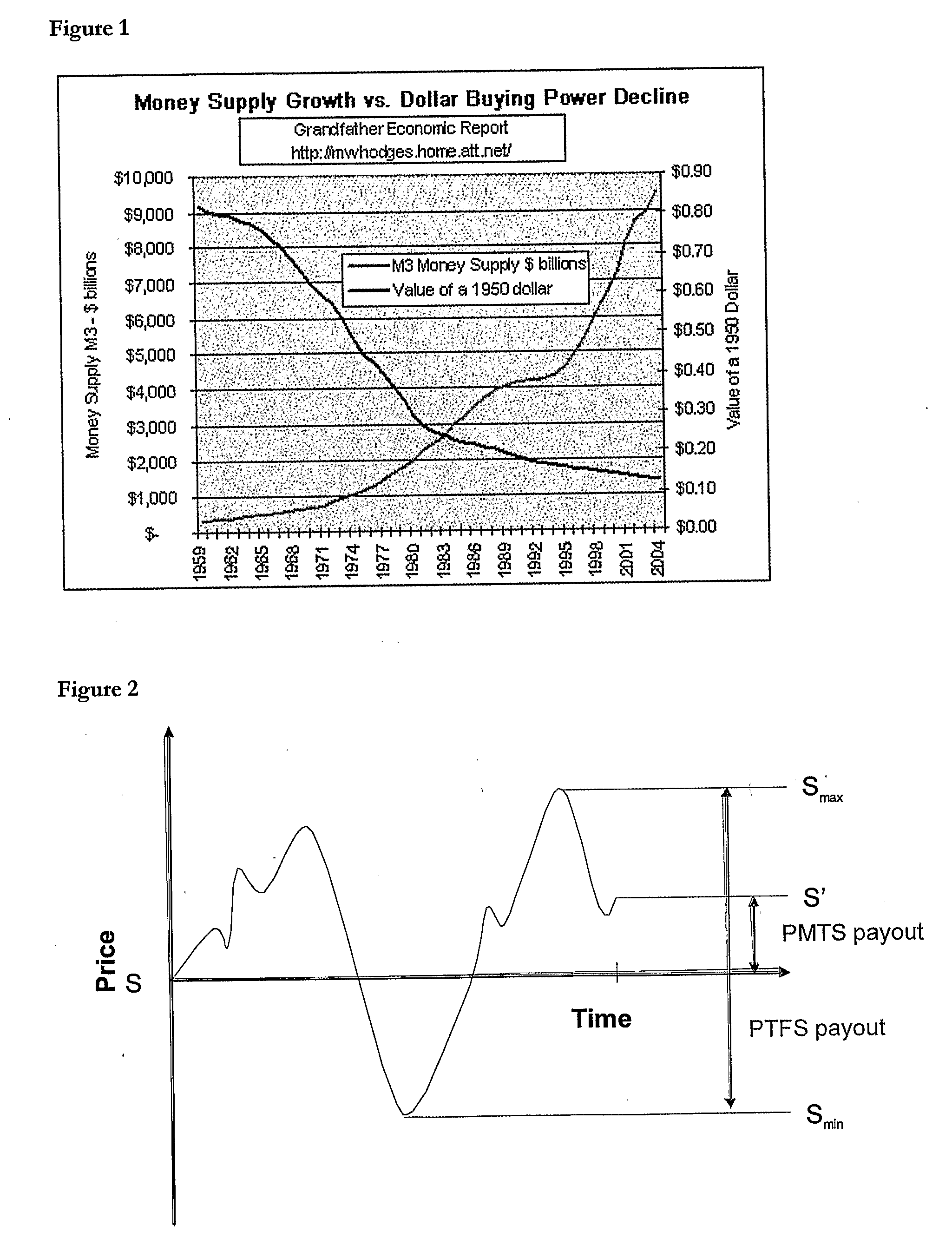Method of Systematic Trend-Following
a trend-following and systematic technology, applied in the field of systematic trend-following of financial instruments, can solve the problems of increasing the market's precipitous decline, not accurately tepting the trend-following funds, and serious drawbacks of lookback straddles on a fixed stride pattern, and achieve the effect of low cos
- Summary
- Abstract
- Description
- Claims
- Application Information
AI Technical Summary
Benefits of technology
Problems solved by technology
Method used
Image
Examples
Embodiment Construction
[0116]The OptRISK Strategy Explained
[0117]Options are examples of contingent claims, and (given certain assumptions) any such derivative may be replicated in the underlying through a combination of a position in the underlying and a tisk-free bond, over a sufficiently short time-step (see e.g. M. W. Baxter and A. J. O. Rennie, 1996, Financial Calculus: An Introduction to Derivative Pricing, Cambridge University Press). This replication in fact provides the basis of no-arbitrage pricing of options, and, while it relies upon certain assumptions (e.g., a continuous market that may follow a known return distribution—for example, log-normal with a drift), is nevertheless very useful.
[0118]Where the partial derivative of the option ptice with respect to the underlying is available (the delta), then this value at any point in time may be used to replicate, or synthesize, the option position. The result is an approximation which will increase in accuracy as the size of the time-step between...
PUM
 Login to View More
Login to View More Abstract
Description
Claims
Application Information
 Login to View More
Login to View More - R&D
- Intellectual Property
- Life Sciences
- Materials
- Tech Scout
- Unparalleled Data Quality
- Higher Quality Content
- 60% Fewer Hallucinations
Browse by: Latest US Patents, China's latest patents, Technical Efficacy Thesaurus, Application Domain, Technology Topic, Popular Technical Reports.
© 2025 PatSnap. All rights reserved.Legal|Privacy policy|Modern Slavery Act Transparency Statement|Sitemap|About US| Contact US: help@patsnap.com



